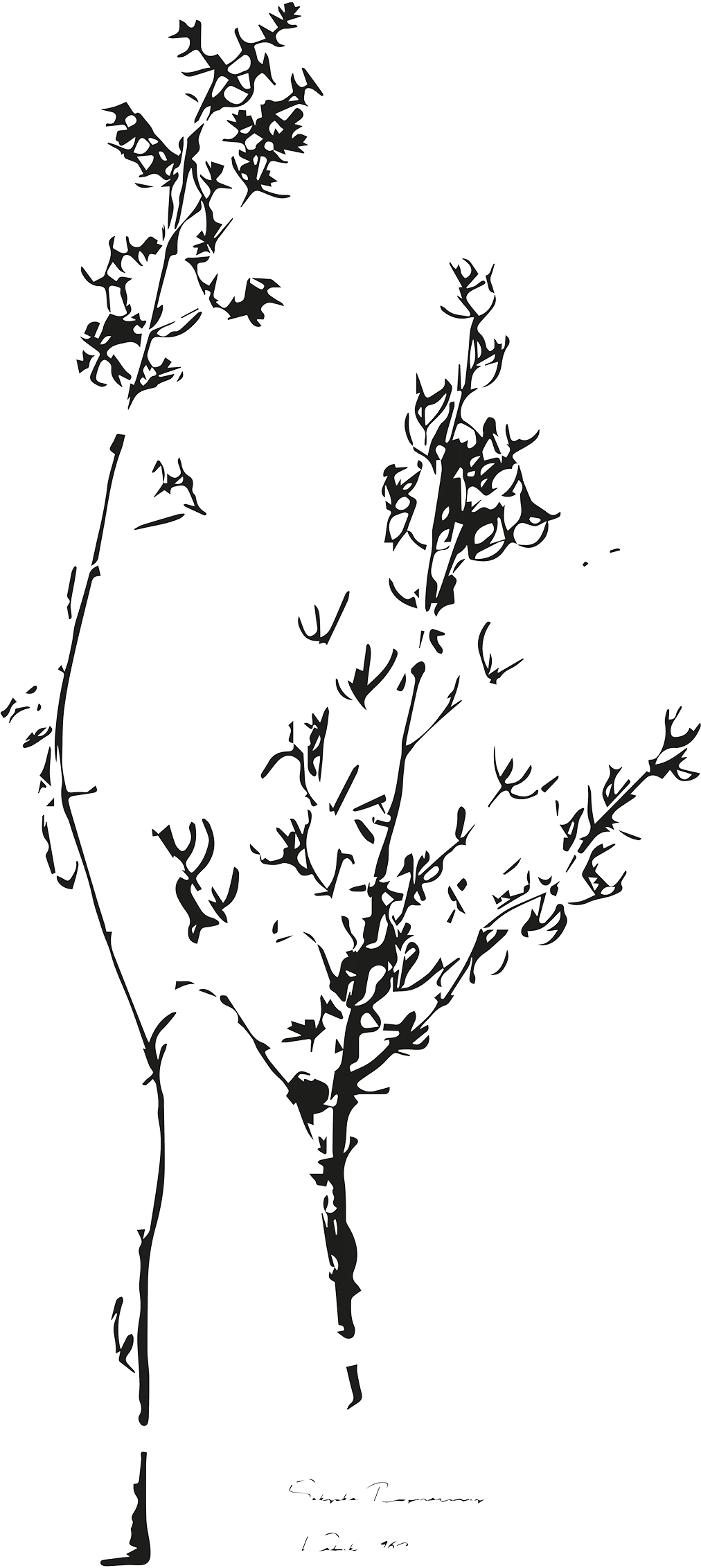Hand-knotted vs. Flatweave rugs | Afghan rugs explained
Ever wondered what the difference between a flatweave and a hand-knotted rug is? Keep reading to find out more about our Afghan rugs, and which one might be right for your home.
What is a hand-knotted rug?
Hand-knotted rugs are made using ancient craft techniques. Weavers use a loom to tie individual knots to the rug’s foundation to achieve intricate, detailed designs that are unmatched in quality.
Carefully hand-made, knot by knot, each rug takes a pair of weavers approximately four to six months to make, building upon a material mastery that has been passed down through generations for thousands of years. This meticulous, labor-intensive process results in rugs that are luxurious to touch, and designed to last for generations to come.

Whether a contemporary or traditional design, each rug bears the distinct mark of the individual artisans who brought it to life.
Explore our collection of hand-knotted rugs.
What is a flatweave rug?
Flatweave rugs, also known as kilims, are not made with knots, but are carefully crafted using one of the earliest forms of weaving. Made by interlocking warp (vertical) and weft (horizontal) threads, the patterns tend to be linear and geometric.
As the name suggests, they are flat in appearance, without a pile (with rug pile referring to the density and height of the rug fibres), and are lightweight and thinner than their hand-knotted counterparts. These rugs don’t have a backing - the front and the back share the same appearance, meaning that these rugs are reversible.

Durable and long-lasting, every ISHKAR flatweave rug takes a pair of women weavers around three months to make.
Explore our collection of flatweave rugs.
What are Afghan rugs made from?
Every ISHKAR rug is made from fine Ghazni wool. This wool - unique to the Afghan province of Ghazni due to its terrain and climate - imbues every rug with a silky, luxuriant finish, absorbing and reflecting colour beautifully.
The majority of our colours come from natural dyes extracted from locally found flowers, bark and roots. Famously hardwearing, Ghazni wool absorbs dyes organically, giving each rug a unique patina and mottled finish known as abrash.
What is abrash?
The hallmark of an authentic handmade rug, abrash refers to the unique mottled finish and subtle colour variation found in hand-knotted rugs.
With machine-made rugs, the dye can be uniformly applied to standardised batches of wool without any variation of colour. However, with hand-knotted rugs, each strand of wool absorbs and holds the dye slightly differently - due to differences in the composition of the dye, the duration of the dying process, the yarn's density, and so on. These differences result in the rich reflection of colour and patina that has come to be characteristic of hand-knotted rugs.

Some machine made rugs have tried to replicate this look by intentionally mimicking the effect - but this doesn’t compare to the natural abrash finish that gives each handmade rug its unique, authentic character.
Where are our rugs made?
Since 2016 we’ve been proud to work with master weavers in Afghanistan to create luxurious flatweave and hand-knotted rugs.
From the spinning and dying of the wool, to the cutting and washing of the finished rug, every step of the production process is made by hand in Afghanistan. Our flatweave rugs are finely handwoven in the city of Mazar in northwestern Afghanistan, whereas our hand-knotted rugs are made in Aqcha in northern Afghanistan.
The process is independently audited by our fair trade partner Label STEP, ensuring the welfare and working conditions of our partner weavers.
Can I design my own Afghan rug?
Yes! If you have a unique design in mind, we offer online or in-person consultations for bespoke rugs at our London store.
We'll guide you through options for different designs, colours, sizes and finishes, with swatches to help you find the perfect hue. Your chosen design will then be translated into a technical sketch for our weavers to work from, bringing the rug to life.
Get in touch to find out more about how to commission a bespoke rug.







